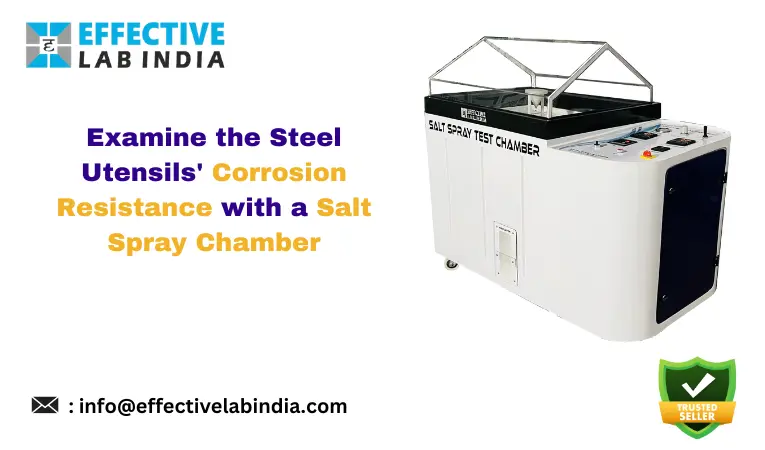One important step in understanding how steel flatware will respond under simulated settings is corrosion testing. The testing procedure aids in guaranteeing the anticipated or approximate lifespan of the cutlery. Numerous production verticals use corrosion testing with a salt spray chamber for various purposes. These include taking proactive steps to gauge the quality of raw materials, understanding how a material reacts to environmental changes, and figuring out how much a material will cost and perform under real-world working conditions.
Testing the material’s capabilities and assisting producers in establishing a solid reputation in the market by offering clients high-quality products are two benefits of conducting a corrosion test on a sample. Determining the material’s appropriateness in various service settings requires careful consideration of modern, well-engineered testing instruments.
Results of Corrosion Test.
Materials, equipment, and other things can sustain damage due to corrosion. While these losses are costly to recover from financial problems, a failed product can also result in production delays, health problems, and safety hazards. Consequently, to ascertain the materials’ capacity to withstand corrosion, corrosion tests must be conducted on them.
Effective Lab’s Stantest provides a large range of salt spray test chambers for testing the materials’ ability to withstand corrosion in various applications. The device provides incredibly accurate readings.
